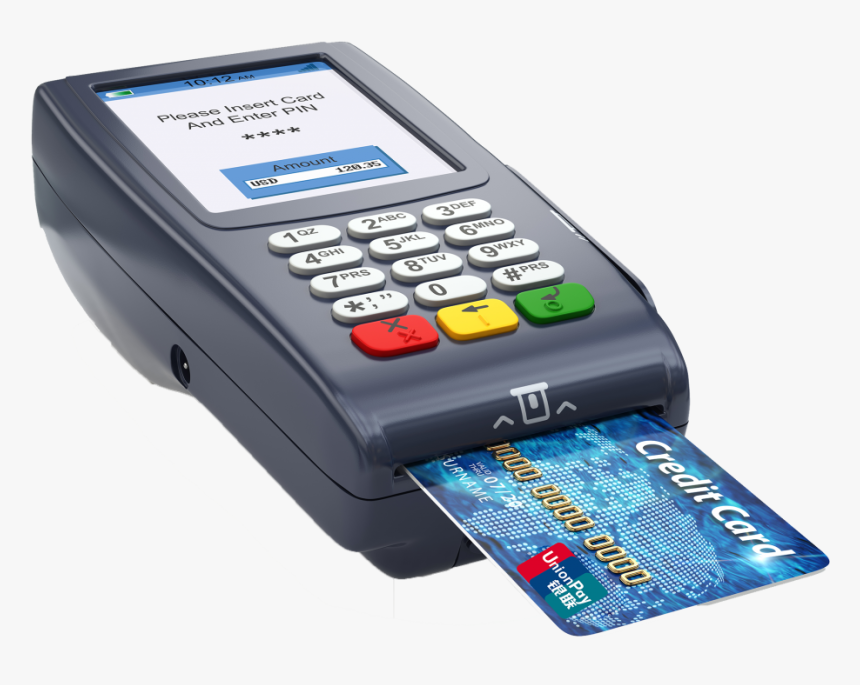Whether you need to accept one-time payments or set up recurring payment solutions, virtual terminals can meet your business needs. Most providers offer varying processing fees and per-transaction charges, so it’s important to compare options carefully.
Helcim offers a zero monthly fee and automated volume discounts so you can save on card transaction fees. This is a great option for reception-based businesses like medical offices, freelancers and home repair services.
Accepting Credit Cards
Whether your clients are paying over the phone for lawn care services or you’re accepting credit cards for an online purchase, a virtual terminal is a convenient way to process payments. Virtual terminals are not a substitute for a physical point-of-sale system, but they make it possible to take payments remotely when you’re not in the office. This is especially helpful for businesses that take mail order or telephone orders, such as landscapers and professional service providers who often work outside of typical business hours.
You log into the virtual terminal via an internet program to enter the credit card, debit card, or ACH payment information. The transaction is then processed, and the funds are normally deposited into your account within 24-48 hours. Some virtual terminals also offer recurring payments, which can improve cash flow and increase customer retention. They can also lower fees by eliminating the need for a customer to hand-key in their payment data.
Recurring Billing
With a virtual terminal, you can process credit card, ACH, and cash payments from any device that has an internet connection. Many come with USB credit card swipers for fast payment processing, but you can also key in transactions. Some virtual terminal providers offer recurring billing through the platform, which can help you save time and money on invoicing and account receivable.
When setting up recurring payments, you will need to enter your client’s payment information into the virtual terminal and then set up a payment schedule that fits their budget. This function can be a great way to grow your business’ cash flow and boost customer retention. If you have a landscaping company that bills clients weekly or a professional services firm that invoices monthly, then this feature is an ideal solution for your business.
Payment Gateways
Businesses that need to process payments on the go or from their own computer will benefit from virtual terminal payment processing. This technology works by logging merchants into an online payment gateway through a desktop browser or smartphone app.
Then, they can select the transaction type—credit/debit or eCheck/ACH. They enter the sales amount and any other order notes. Then, they hand-key or swipe (if equipped with a USB card reader) their customer’s payment information into an internet form or payment portal.
This information is sent to the processor and the card network, where it’s verified that funds are available and the account belongs to the right owner. Once the transaction is approved, it’s settled and the merchant receives a digital receipt for the sale.
Virtual terminals are popular with e-commerce retailers and online business owners, but they can also work for MOTO (mail and phone order) and professional services, such as accountants and doctors, that take payments over the phone. They can even accept recurring payments, which is helpful for small businesses and freelancers with repeat customers.
Security
Powered by a payment gateway, virtual terminals provide a convenient and cost-effective way for businesses to accept credit card payments without the need for costly hardware or in-person transactions. Customers simply log into the payment portal via their computer or smartphone and enter their sensitive payment information. Payment data is then sent online for processing and verification. When the transaction is approved, funds are transferred from the customer’s account to the business.
While virtual terminals are convenient, they still pose a level of risk since they allow you to manually key in credit card information rather than using a secure point-of-sale (POS) device. Look for a virtual payment terminal that prioritizes security and uses end-to-end encryption to protect sensitive payment information during the transaction process. It should also offer tokenization, which replaces the sensitive account number with a unique identifier so that it cannot be used for fraudulent purposes. This will help you avoid expensive fraud-related chargebacks.virtual terminal payments

